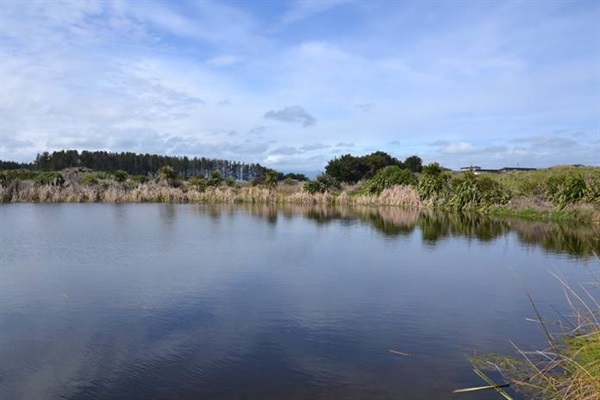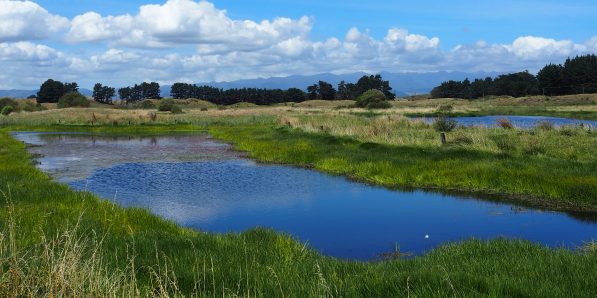Horowhenua has grown faster than predicted for more than three years.
If it continues in a similar vein, we will need at least 244 new homes every year for the next 20 years.
To accommodate that growth, Council has identified growth areas through its Horowhenua Growth Strategy 2040 – you can read the strategy on our Horowhenua Growth Strategy page.
In order for the growth areas to be developed for residential purposes Council must rezone the land first to enable this type of development. Council is looking to undertake a series of plan changes in the coming years to amend the District Plan and rezone some of the growth areas. A plan change is a public process and affected landowners as well as other interested parties will have the opportunity to provide their input during this process.
Master Planning
Before some of the growth areas are rezoned for housing and retail developments, Council is creating Master Plans. These aim to ensure new developments are planned and integrated into existing towns and settlements rather than a series of small subdivisions that lack important connections to each other or to existing infrastructure.
During the master planning process, Council officers and independent experts will engage with landowners, iwi and hapū and affected government agencies eg. Ministry of Education and New Zealand Transport Agency.
The completed Master Plans will inform changes to Council’s District Plan. The proposed District Plan changes will each be presented to Councillors for adoption which, if adopted by Council, will start a formal public engagement and notification process.
Once feedback from the consultation process is taken on board, and hearings held, the final proposed District Plan Change is presented to councillors to approve the plan change becoming operative.
During this process, Council officers and specialised technical experts consult with landowners, iwi and hapū in the area and central government agencies.
They carry out a complex analysis of population, economy, housing, transport, community facilities and land use. They also consider non-physical aspects such as funding, scheduling and phasing so the costs can be shared fairly between the developers involved in the process.
Master Plans include design principles and a spatial plan that defines future land-use patterns, areas of open space, the layout and nature of infrastructure including transportation links and community facilities such as parks, schools, and other key features. This is to ensure that development is both integrated and co-ordinated. It goes to a more detailed level than the Structure Plans that Council currently uses to guide future development.
The aim is to get the optimal possible results for the community, using best practice urban design principles and making sure connections within the development – and between the development and the surrounding existing community – work well.
The proposal is to re-zone 400 hectares of land to the east of Levin so it can be redeveloped into a community of approximately 2,500 homes.
The land is owned by several parties and Council hopes the Master Plan will make sure the area is developed in an integrated and co-ordinated way, as opposed to multiple subdivisions by the individual owners.
In November 2020, Council adopted the Taraika Master Plan. This plan was developed alongside landowners, iwi, the Ministry of Education and Waka Kotahi New Zealand Transport Agency. Also in November 2020, Council publicly notified the Proposed District Plan Change associated with this Master Plan - find out more on our Proposed Plan Change 4: Taraika Growth Area page.

But what about O2NL?
The Taraika Master Plan is being created alongside planning for the Ōtaki to North of Levin section of the Wellington Northern Motorway.
Foxton Beach is a popular beach settlement in Horowhenua with access to one of the best west coast beaches in New Zealand.
Council’s Horowhenua Growth Strategy predicts the settlement will require an additional 542 residential and 47 more greenbelt residential properties in the next 20 years to accommodate growth.
To provide for the demand and to ensure Foxton Beach remains an integrated and well-connected community, Council has begun the process of creating a Master Plan.
The plan is focused on a small series of Lakes within the growth area and the pastoral and forestry land adjacent to them – including 30 hectares which is currently owned by Council. The land within this growth area has several zones currently including Standard Residential, Low Density Residential, Greenbelt Residential and Rural.
In 2018, Council started talking with landowners, iwi and the Foxton Community Board about how this growth area could be developed in the future. Given the potential liquefaction risks at Foxton Beach specific on site testing is being undertaken to understand how the master Plan site may be impacted.

Waitārere Beach is a popular beach settlement that provides residents and holidaymakers with an attractive lifestyle. The Horowhenua Growth Strategy 2040 predicts an additional 322 new residential homes homes will be required between now and 2040. However, recent growth trends and future projections suggest the number could be much higher.
The future growth areas at Waitārere Beach have been identified since 2008. Some of the challenges for development are topography (dunes), archaeology (evidence of human activity from before 1900) and connectivity (new housing areas and existing streets and parks). Therefore, to provide a guide for future growth and take a proactive approach to addressing these challenges a Master Plan has been created. The Master Plan provides the blueprint for the development of the area in an integrated and co-ordinated way.
The Growth Area covers approximately 100 hectares and is located to the east of the existing residential areas - to the east and west of Forest Road, as well as an area to the north of Waitārere Beach Road by the dune lake. It shows potential for approximately 700 lots that would likely be developed over the next 20 to 30 years.
Council adopted the Waitārere Beach Master Plan in March 2021.
Waitārere Beach Master Plan(PDF, 14MB)
In order to enable the rezoning of land and development to occur in accordance with the Master Plan, the identified land needs to go through a District Plan Change process, in accordance with the Resource Management Act 1991. More information about the Plan Change process will be available on our Have your say page shortly.
